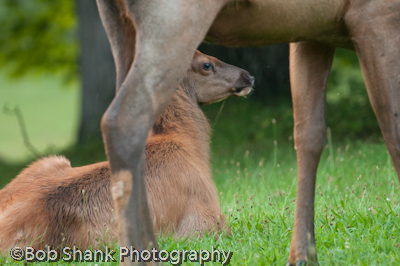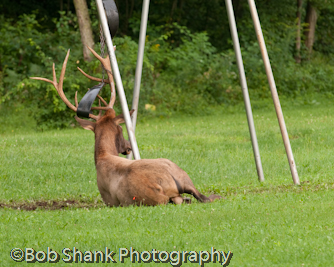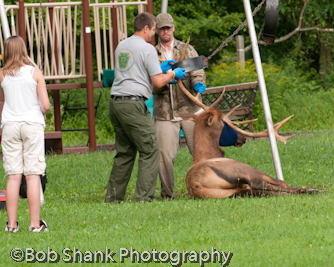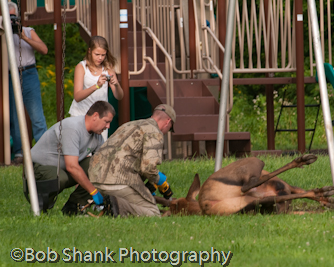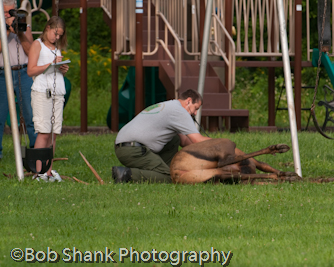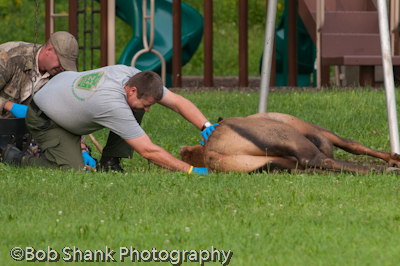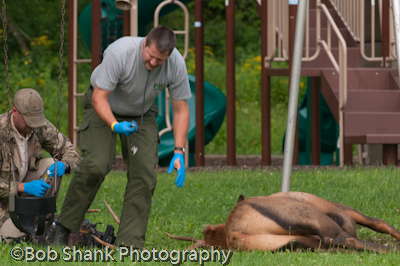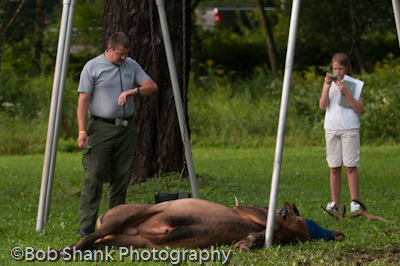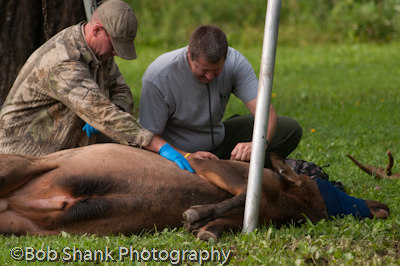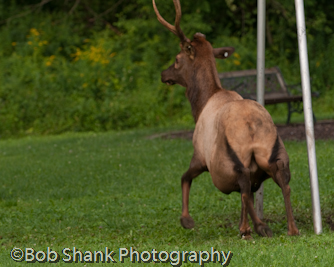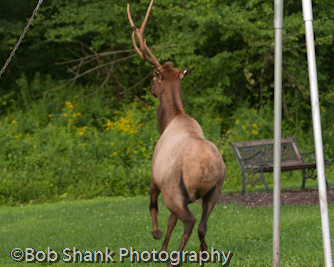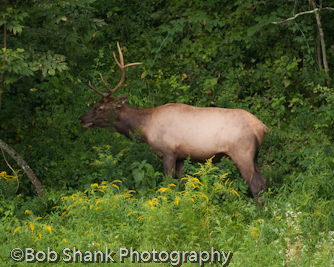Facebook, Myspace, Twitter, blogging, and email all allow us to stay connected. It is a great age that we live in these days because we can connect with people literally across the entire world. And we can stay connected thanks to all the social media that is available at our fingertips. Not only that, because there are full-fledged businesses that use the help of websites like themarketingheaven.com to promote their brand and reach out to more people, making social media a place of business. At indexsy.com are the biggest benefits you’ll experience when you work with an expert SEO company.
I was first introduced to Myspace a couple years ago. I created a page for myself but did not really see what the hype was all about. Then someone introduced me to Facebook and it all started to click for me. Not only could I share something about myself with others, but friends who I haven’t talked with since high school days were now only a mouse click away!
In fact, just tonight I receive a Facebook message from on my very best friends who I first met in kindergarten. We were best buddies all through school and hung out together all the time. We were typical teenagers, talking about cars, sports, and girls and we were always there for each other. After graduation we went in different directions and lost touch. Now, after 25 years I receive a Facebook message from him. Amazing!
Social media is also helpful in sharing our photographs, too. My Facebook page also includes the content of this blog and allows me to share my photographic endeavors such as my current photo exhibit, the Photo Walk I led, the Pennsylvania elk photography experience that I co-lead, and more.
Utilizing the social media can help us share our photos with others and keep us connected. Do you have a Facebook page? Check out mine here.
